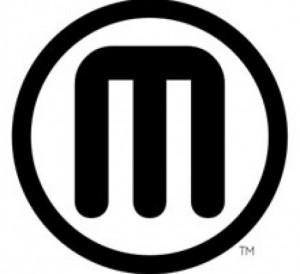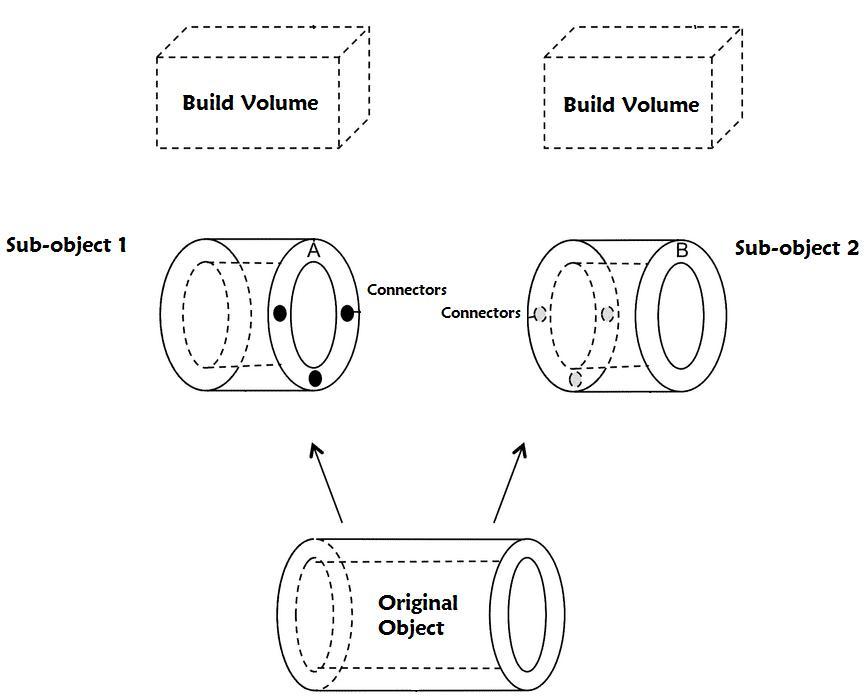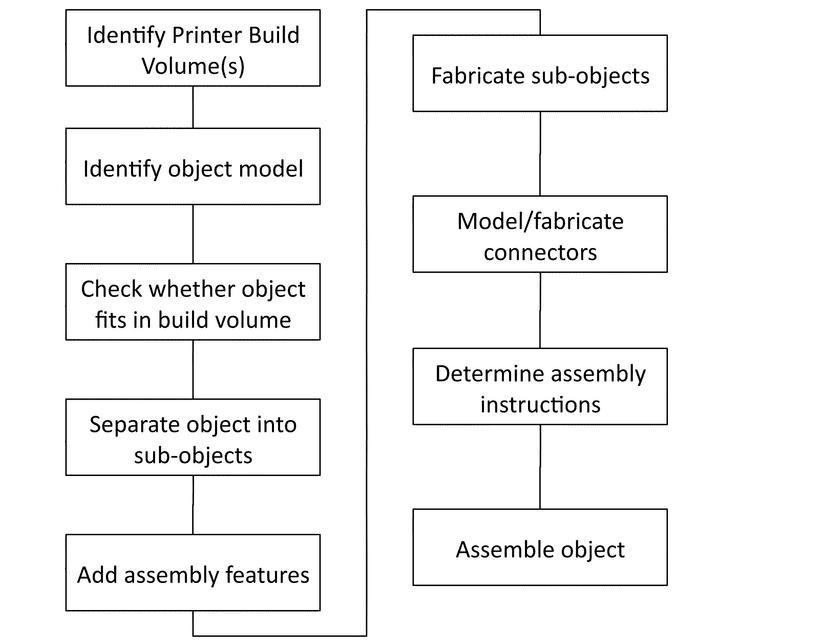 In a recent interview with MakerBot CEO Bre Pettis, he told me that his company is an “innovation company”. They innovate to bring cutting edge technology to the at-home 3D printing market, so that designers can be innovative themselves. It appears that Bre Pettis is quite serious in this claim.
In a recent interview with MakerBot CEO Bre Pettis, he told me that his company is an “innovation company”. They innovate to bring cutting edge technology to the at-home 3D printing market, so that designers can be innovative themselves. It appears that Bre Pettis is quite serious in this claim.
3DPrint.com has discovered that MakerBot recently had a new patent published. The patent sets out to solve some of the biggest problems that people have when needing to print extra large items on their printers, which simply don’t have large enough build volumes. The build volumes of most at-home 3D printers on the market today, are meant for home offices and workshops. They are mostly smaller machines that are capable of printing objects no larger than the size of a basketball.
The recently filed patent (US20140074274 A1) sets out to provide options to those designers and 3D printing enthusiasts whom wish to print items that exceed the build size or build volumes of their 3D printers. Basically the way it works, in layman’s terms is as follows:
– Prints that have a build volume or a single dimension larger that what can fit in the build size of a 3D printer will be broken into separate pieces or sub-objects. These pieces can then be printed on multiple printers at once (for those who have more than 1 printer available), or on a single 3D printer. If the person printing only has a single printer available for use, the system will determine if there is any feasible way of breaking the object into multiple pieces and printing in one print cycle. If not, it will allow for the print of the objects in multiple print cycles. If more than one printer is available, the system will break the object down into individual pieces, to be printed on the printers that make the most sense. For example, larger items will be sent the printers which have larger build volumes, while items that need to be printed in higher resolution will be sent to the printers capable of higher resolution printouts.
– A means for connecting individual pieces (sub-objects) of the original broken down object will be determined. This will be either manual, or automatically detected based on the shape and size of the object. Several examples are outlined, and include: Holes on complementary sub-object surfaces, hole/pin combinations on complementary surfaces, protrusions, mating or inter-locking structures, rough textured surfaces at corresponding locations on sub-objects for use of externally-supplied glue. Another method available would be, “asymmetrical arrangement of convex protrusions on one sub-object and corresponding concave protrusions on the corresponding sub-object, which collectively only mate when the sub-objects are uniquely oriented with respect to each other,” according to the patent filing.
The patent filing also covers the ability to connect these sub-objects using tools and accessories that are not 3D printed, as well as connectors printed of different materials, as explained here:
“The holes may be shaped and sized for wooden dowels, standard sized metal pins, custom made die case connectors, or any other suitable connectors. In some implementations, the connectors are manufactured from a build material different from the sub-object build material, such that the fabricated connectors melt at a lower temperature than the sub-objects. Using such connectors, an assembled physical instance of the object may be heated in order to liquefy or partially liquefy connectors to induce bonding to the sub-objects and the creation of a more permanent assembled object.”
This means that the printer could print out connectors made of a materials that could easily be mended together using heat, while not damaging any of the sub-objects or completed object. This could be a huge breakthrough, as objects could be printed with almost no evidence of ever being broken down into smaller sub-objects.
– The patent also covers the instructions for putting these sub-objects together. The instructions may also include images, animated video, labels, etc.
The patent filing, also goes into details on elaborate sensors and cameras that can be placed within a 3D printer, in order to send detailed reports back to the processors & computers that run the printers. This is to allow for automatic adjustments mid-print, such as build plate temperature, working volume temperature, extrusion temperature, extrusion rate, viscosity of build material, movement speed of the extruder, layer height, and more. The printer can then make the needed adjustments and also store the information away in a log file that can be shared with other printers for future print sessions.
While there are no guarantees that this technology outlined in the described patent filing above will ever become a reality, it certainly seems like its something that would make 3D printing a lot easier and more efficient in the future. Let us know your opinion on this patent in the Makerbot large object print forum thread on 3DPB.com.
Subscribe to Our Email Newsletter
Stay up-to-date on all the latest news from the 3D printing industry and receive information and offers from third party vendors.
You May Also Like
World’s Largest Polymer 3D Printer Unveiled by UMaine: Houses, Tools, Boats to Come
The University of Maine has once again broken its own record by unveiling the largest polymer 3D printer in the world. Surpassing its 2019 achievement, the new Factory of the...
Changing the Landscape: 1Print Co-Founder Adam Friedman on His Unique Approach to 3D Printed Construction
Additive construction (AC) is much more versatile than it seems, at first: as natural as it is to focus on the exciting prospect of automated home construction, there’s far more...
Gorilla Sports GE’s First 3D Printed Titanium Cast
How do you help a gorilla with a broken arm? Sounds like the start of a bad joke a zookeeper might tell, but it’s an actual dilemma recently faced by...
3D Printing Webinar and Event Roundup: April 21, 2024
It’s another busy week of webinars and events, starting with Hannover Messe in Germany and continuing with Metalcasting Congress, Chinaplas, TechBlick’s Innovation Festival, and more. Stratasys continues its advanced training...
































